Text




Hypostyle halls can be recognized by an abundance of pillars supporting the roof. The structure appears in temples in Egypt, ruins of palaces in Persia, and in mosques.
1 note
·
View note
Text


Stucco decoration was used extensively during the Abbasid dynasty. Different styles of stucco decoration were found in Samarra.


Above are some examples of Abbasid stucco styles from Afghanistan and Egypt
#abbasid caliphate#afghanistan#architecture#art history#academic reading#photography#islamic architecture#iraq#stucco
4 notes
·
View notes
Text




Shinto shrines, and their gates, Torii, which are the one of the most iconic features of Shinto architecture in Japan
8 notes
·
View notes
Text

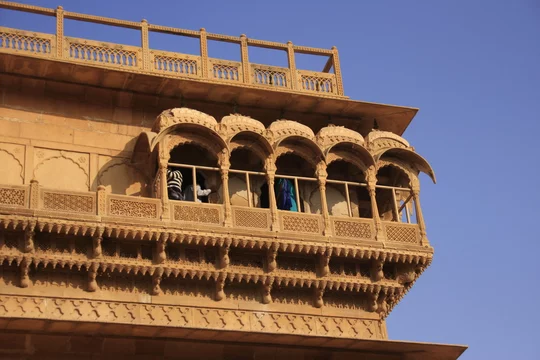

Chajja, or the overhanging roof, finds particular importance in the facade of Rajasthani architecture. Curved chajjas, said to have gained influence during the Mughal era, is however, more commonly seen in Rajput architecture in India
24 notes
·
View notes
Text
Wind catchers, while a feature of several monuments in Iran, was actually not limited to the region.
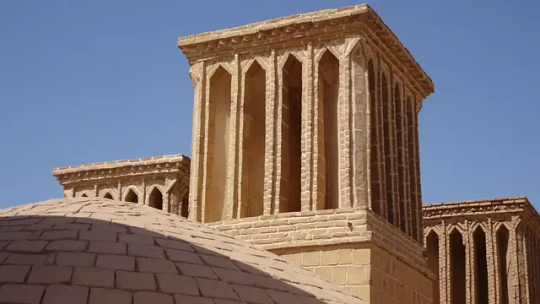
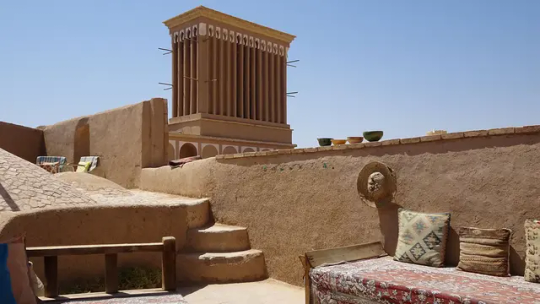

Below is a wind catcher (maklaf) from Cairo

Hyderabad, Pakistan was once famous as the City of Wind Catchers (Mangh)

#architecture#art history#academic reading#islamic architecture#photography#india#pakistan#egypt#iran#wind catcher
5 notes
·
View notes
Text
Variations of the multifoil arch in different architecture styles around the world

Moorish architecture

Indian architecture

French architecture
6 notes
·
View notes
Text

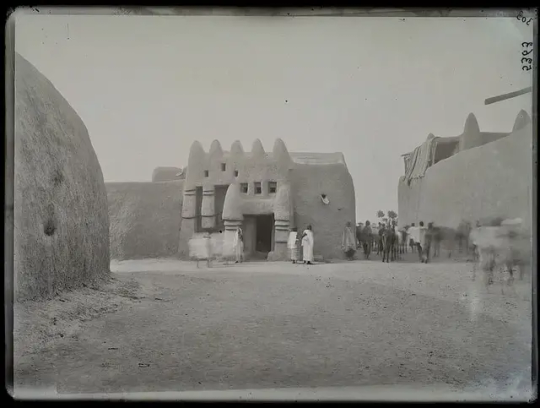

Sudano-Sahelian architecture, featuring the use of mud bricks, earth plaster, and wooden beams. Of note are the distinct conical pillars
21 notes
·
View notes
Text



Joglo roofs, seen in Javanese architecture in Indonesia
5 notes
·
View notes
Text



Puuc architecture, an example of Mayan architecture, with limestone constructions, smooth lower walls, and decorative motifs on the upper half of the buildings.
5 notes
·
View notes
Text

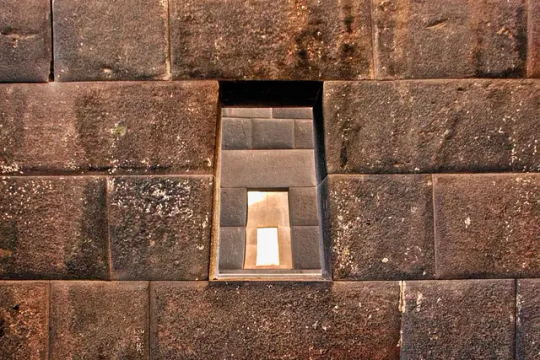

Incan architecture, and trapezoid windows/ doorways.
4 notes
·
View notes
Text

Corbelled arches, while popular in Indian temple architecture, and consequently, Indo-Islamic and South-East Asian architecture, are not just restricted to India. Examples of corbelling have been found in Mayan civilizations, and in ancient Greece, and Egypt.


2 notes
·
View notes
Text




Iwans, originally thought to be a Parthian invention, are vaulted halls open on one side that became exceedingly popular in islamic architecture around the globe. Above are examples from Uzbekistan, Syria, Iran and India
4 notes
·
View notes
Text


Sasanian architecture, featuring iwans, or vaulted halls open on one side. Sasanian architecture was to greatly influence Persian, and later Islamic architecture.
2 notes
·
View notes
Text


Tughlaq architecture, a prominent example of Indo-islamic architecture. Batter ( sloping walls) were used for increased strength and support.
6 notes
·
View notes
Text


Stone-carving on entrances showcase the importance of stone in Anatolian Seljuk architecture
4 notes
·
View notes